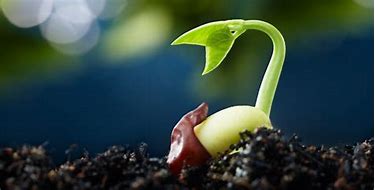
This Photo by Unknown Author is licensed under CC BY-SA
Contemplative practice #9 asks what kind of soil I plant myself in. It’s a great question. For a good part of my life, the answer would have been industrial soil—overworked, pushed for yield, with little time to rest. I was not at all unique. Most of my friends and colleagues had talked about their busy-ness like the weather, resigned about the number of e-mails received per day, the hours spent at work, the unrelenting pressure to produce.
In 1990, sociologist and author Juliet Schor observed that Americans were able to produce their 1948 standard of living in less than half the time required in that year. She wrote, ‘In 1990, the average American owns and consumes more than twice as much as she or he did in 1948, but also has less free time,’ (The Overworked American. 1990). In the 2014 book Overwhelmed, Brigid Schulte presents evidence that for many Americans, leisure has disappeared entirely and that the accompanying stress is making us sick—with higher rates of depression, anxiety, ADHD, and more. The work-and-spend cycle supporting our overconsumption (and vice-versa) is not only destroying the planet, it’s destroying us, too.
I’ve started to rehabilitate the soil in which I’m planted. Working and consuming less. Taking more time for family and friends. Working to heal my body. Resting. Finding a community of others committed to the same. It will take time. I sense that my roots are reaching deeper but often still feel like a weed in a rose garden.
But who knows? I see the renewed popularity of voluntary simplicity, van life, and tiny homes, Millennial spins on co-housing, and continued pioneering in transition towns and ecovillages. Seeds of cultural change seem to have been working underground all along. I want to join in, do what I can to help tend them. Watching Neil Bromhall’s time-lapse photography is witnessing everyday magic. It’s a wonderful reminder of the miracle that can happen when a seed hits good soil.
